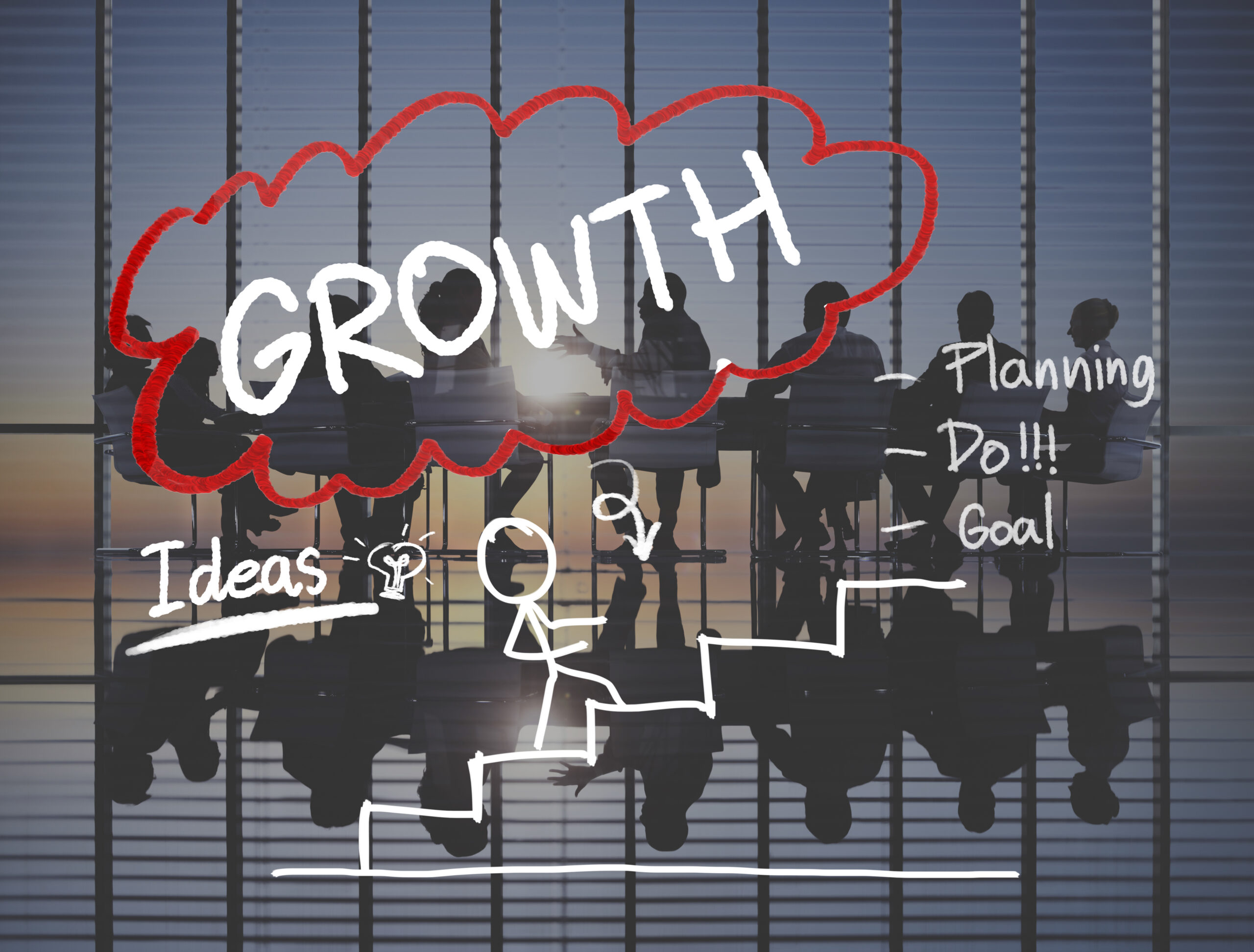In today’s competitive business world, companies must understand the marketing environment to develop effective strategies and sustain long-term growth. The marketing environment is the foundation upon which all marketing decisions are made. It includes a combination of internal and external factors that influence how businesses operate, communicate, and grow.
Knowing what is marketing environment means understanding the complex interplay of controllable and uncontrollable forces that shape consumer behavior, industry trends, and brand performance. In this article, we’ll explore both internal and external marketing forces and how they collectively influence a company’s success.
What Is Marketing Environment?
To fully understand this question, one must first define the concept. The marketing environment refers to all the internal and external elements that impact an organization’s ability to serve its customers, achieve business goals, and stay relevant in the market.
Internal elements are those within the company’s control—such as culture, employees, and resources—while external factors include competitors, customers, economic shifts, and regulatory changes. Companies that understand the marketing environment are better equipped to identify opportunities, anticipate risks, and adapt strategies to maintain their competitive edge.
Internal Forces: Elements Within the Organization
A crucial part of understanding the marketing environment involves analyzing internal forces. These are the components a business can control and improve to strengthen its market position.
1. Organizational Culture and Leadership
Corporate values, leadership vision, and internal communication significantly shape how a business approaches marketing. A culture that encourages innovation and customer focus plays a vital role in defining the marketing environment internally.
2. Marketing Team and Capabilities
The skills, experience, and creativity of the marketing team directly impact campaign quality, brand image, and customer engagement. A strong internal team reflects a well-developed understanding of what is marketing environment from within.
3. Product and Service Development
Offerings that align with market needs contribute significantly to brand loyalty and customer retention. Product positioning is one of the most tangible elements in answering what is marketing environment is from a strategic point of view.
4. Technological Infrastructure
The tools and platforms a business uses—from CRM software to data analytics—are part of its internal structure. These tools influence how effectively the company responds to external market forces and help define what is marketing environment is in action.
5. Financial Resources
Budget availability shapes the scale and reach of marketing activities. Sound financial planning is integral to managing the internal side of the marketing environment effectively.
External Forces: Influences Beyond the Company’s Control
Another key aspect of understanding the marketing environment involves is identifying and adapting to external factors that businesses cannot directly control. These forces shape market dynamics and customer behaviour, requiring marketers to remain agile and responsive.
Micro Environment
The micro environment includes close external stakeholders that directly affect a company’s ability to serve its target market:
- Customers: Their expectations, preferences, and feedback directly influence marketing decisions. Understanding your audience is a fundamental part of recognizing the marketing environment.
- Competitors: Competitor strategies push businesses to innovate and differentiate.
- Suppliers and Partners: These relationships influence cost, delivery, and overall efficiency, making them important in the broader context of the marketing environment.
Macro Environment
The macro environment includes wider societal and global factors that influence business operations:
- Economic Trends: Interest rates, inflation, and employment levels affect consumer spending habits.
- Technological Advances: Innovations reshape how companies interact with their audiences and deliver value.
- Cultural and Demographic Shifts: Social trends, generational differences, and values redefine customer expectations—an important part of what is marketing environment in today’s global market.
- Legal and Regulatory Factors: Compliance with advertising laws, data privacy, and ethical marketing standards is non-negotiable.
- Environmental Concerns: Sustainability and eco-conscious behavior are growing drivers in shaping modern marketing environments.
Why Understanding What Is Marketing Environment Matters
Understanding what is marketing environment helps marketers align their strategies with real-world conditions. It provides context for decision-making, helps anticipate industry shifts, and ensures alignment with both internal goals and external realities.
Companies that integrate a full understanding of what is marketing environment into their planning are better positioned to:
- Build responsive and customer-centric strategies
- Adjust quickly to market disruptions
- Allocate resources more effectively
- Maintain a competitive advantage
Conclusion
To summarize, what is marketing environment is not just a theoretical question—it’s a practical tool for decision-making and strategic growth. It includes every internal asset a business controls and every external influence it must adapt to.
By consistently evaluating both sides of the marketing environment, companies can develop more adaptive, resilient, and forward-thinking marketing strategies. Those who understand and apply the principles behind what is marketing environment are far more likely to succeed in both stable and uncertain market conditions.
Also Visit: What is Marketing?
You may like: What is Marketing Management








Leave a Reply